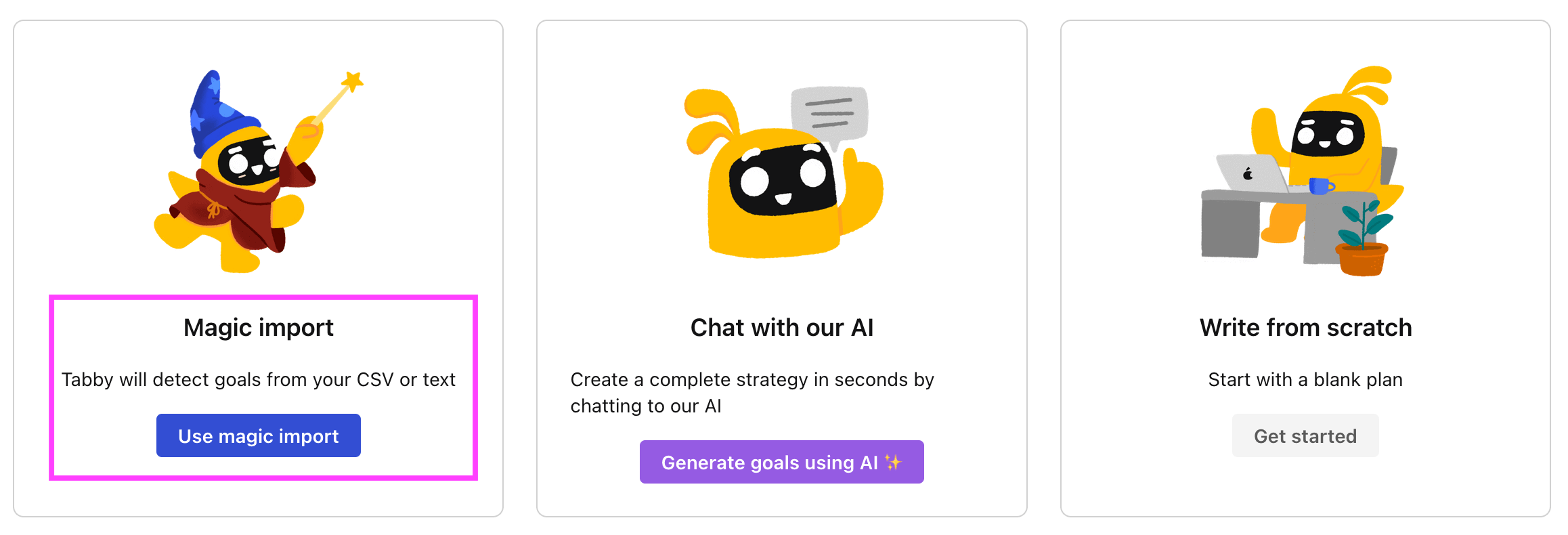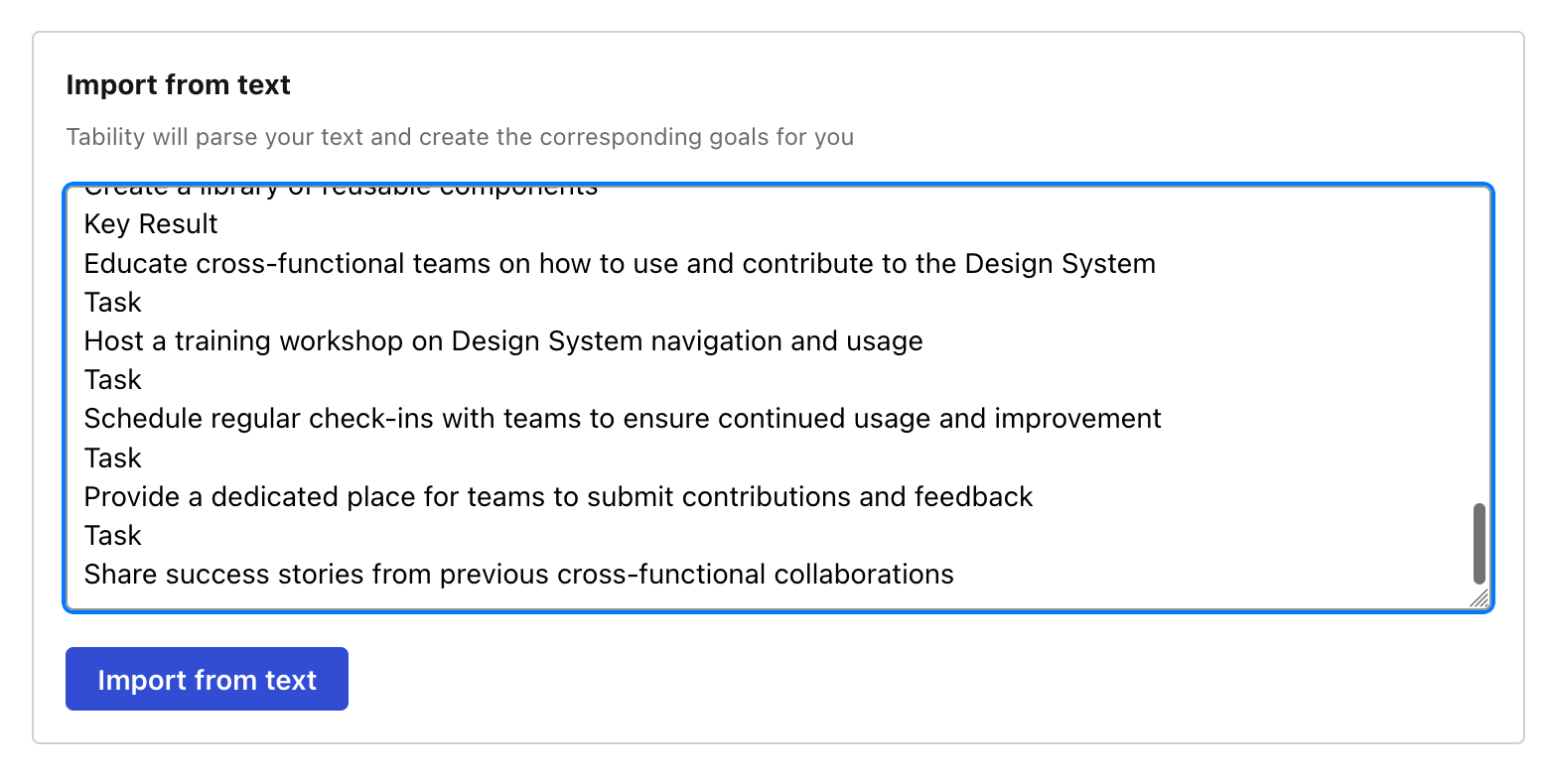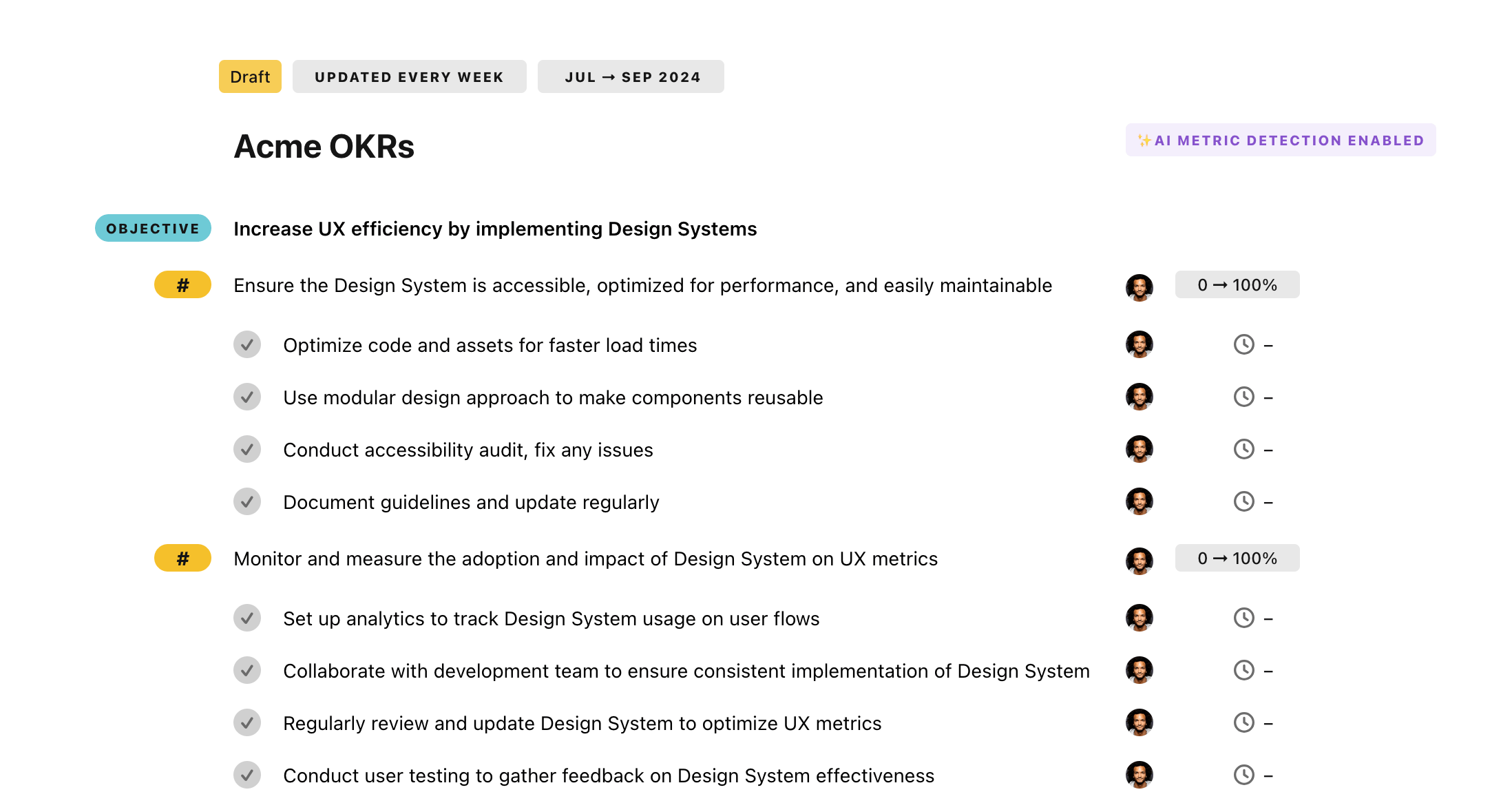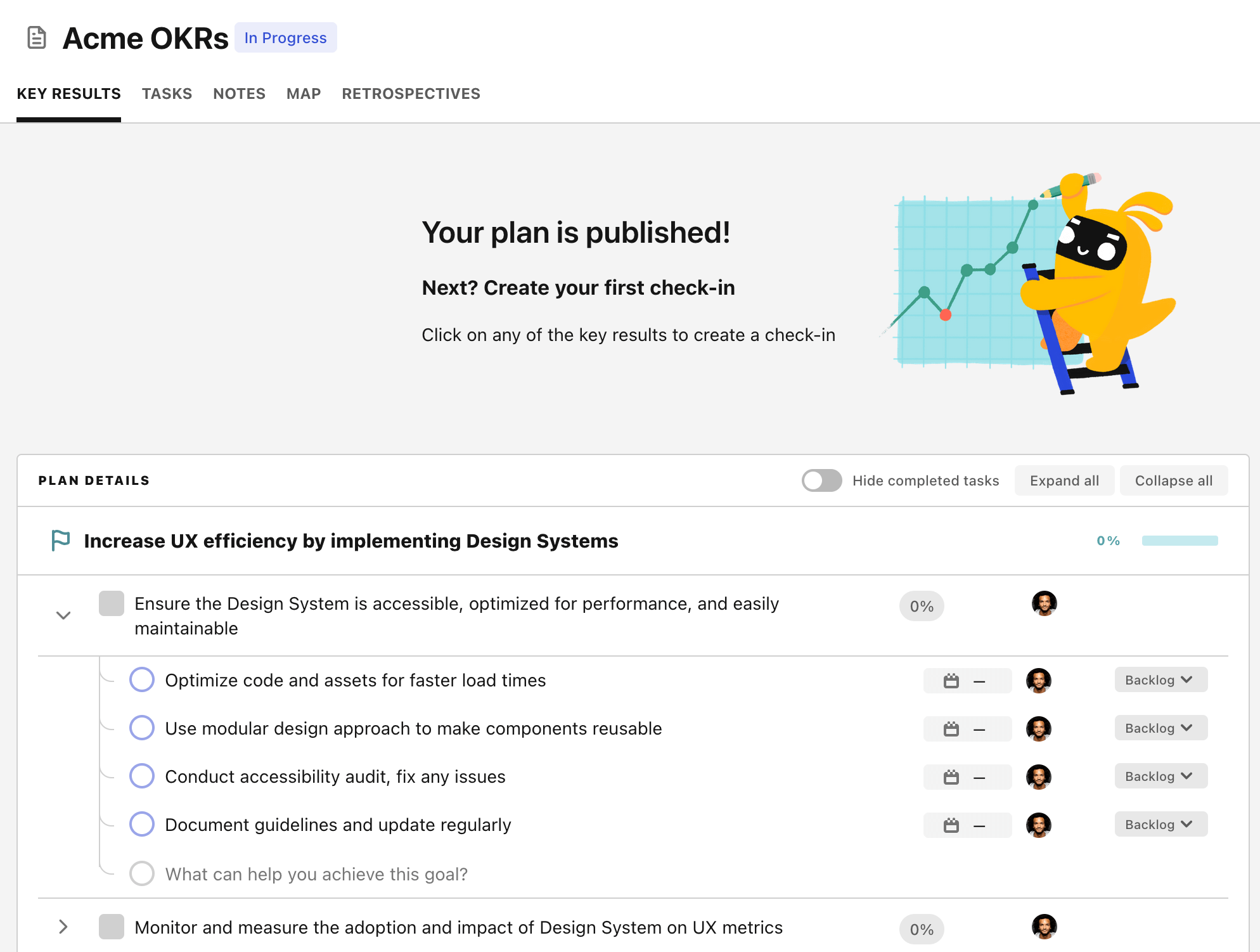OKR template to minimize plant spoilage to meet HFI 2025 target
Your OKR template
Another key goal involves a perceivable change in spoilage rates. The OKR aims to decrease plant waste by 15% within the quarter. In line with this, the initiatives entail training the staff in effective plant preservation, maintaining strict quality checks on raw materials, and making necessary upgrades to storage facilities.
The final component of this OKR targets potential spoilage sources through periodic inspection. It requires weekly examination of at least five potential sources. The measures in place to ensure this include adopting an inspection checklist, scheduling weekly inspection slots, and logging findings with respective remedies.
Overall, the OKR takes a proactive approach to minimize spoilage by engaging both technological advancements and staff training. It seeks to improve plant preservation techniques, maintain rigorous quality checks, and conduct regular inspections; all aimed at meeting the Health Food Initiative 2025 target.
ObjectiveMinimize plant spoilage to meet HFI 2025 target
KRImplement two new spoilage prevention technologies by quarter end
Train staff on new technology use
Purchase and install selected technologies
Research and select two spoilage prevention technologies
KRReduce plant spoilage rate by 15% this quarter
Train staff in effective plant preservation techniques
Implement strict quality control checks on all incoming raw materials
Upgrade to better storage facilities or methods
KRConduct 5 inspections weekly to identify potential spoilage sources
Follow an inspection checklist to identify spoilage sources
Schedule weekly timeslots for conducting five inspections
Log findings and identify potential remedies
How to edit and track OKRs with Tability
You'll probably want to edit the examples in this post, and Tability is the perfect tool for it.
Tability is an AI-powered platform that helps teams set better goals, monitor execution, and get help to achieve their objectives faster.
With Tability you can:
- Use AI to draft a complete set of OKRs in seconds
- Connect your OKRs and team goals to your project
- Automate reporting with integrations and built-in dashboard
Instead of having to copy the content of the OKR examples in a doc or spreadsheet, you can use Tability’s magic importer to start using any of the examples in this page.
The import process can be done in seconds, allowing you to edit OKRs directly in a platform that knows how to manage and track goals.
Step 1. Sign up for a free Tability account
Go tohttps://tability.app/signup and create your account (it's free!)
Step 2. Create a plan
Follow the steps after your onboarding to create your first plan, you should get to a page that looks like the picture below.

Step 3. Use the magic importer
Click on Use magic import to open up the Magic Import modal.
Now, go back to the OKR examples, and click on Copy on the example that you’d like to use.

Paste the content in the text import section. Don’t worry about the formatting, Tability’s AI will be able to parse it!

Now, just click on Import from text and let the magic happen.

Once your example is in the plan editor, you will be able to:
- Edit the objectives, key results, and tasks
- Click on the target 0 → 100% to set better target
- Use the tips and the AI to refine your goals
Step 4. Publish your plan
Once you’re done editing, you can publish your plan to switch to the goal-tracking mode.

From there you will have access to all the features that will help you and your team save hours with OKR reporting.
- 10+ built-in dashboards to visualise progress on your goals
- Weekly reminders, data connectors, and smart notifications
- 9 views to map OKRs to strategic projects
- Strategy map to align teams at scale